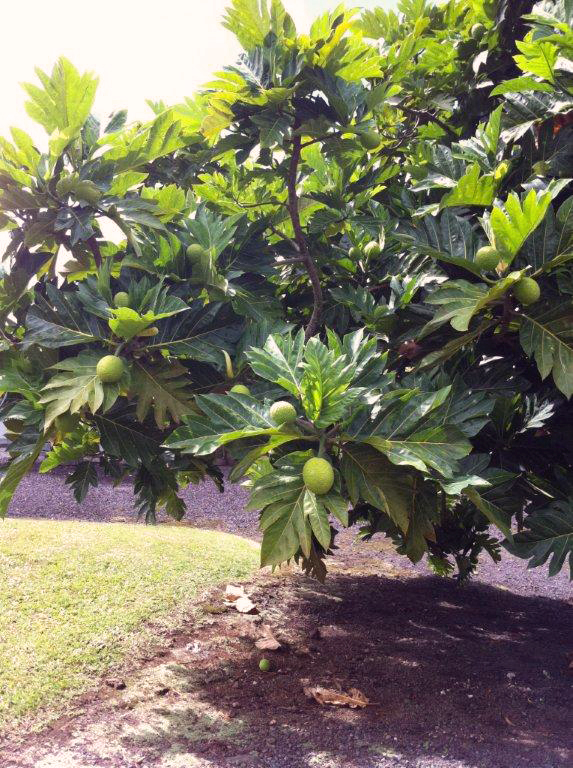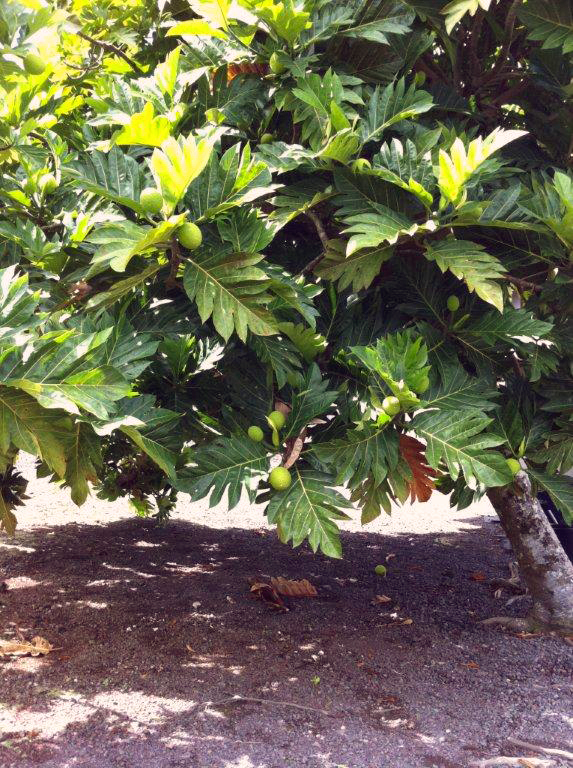I remember that in the 7th grade we read about a French royal, who – when told that the peasants didn’t have bread and were hungry – is said to have stated, “Let them eat cake.”
I have come to the stark realization that the Hawaiian Electric Company (HECO) has a duty to keep the stock price of its parent company, Hawaiian Electric Industries (HEI), healthy. It’s not HECO’s mission to take care of Hawai‘i’s people.
But its strategy of raising the cost of electricity to its white-haired stockholders, in order to keep up HEI’s stock price, is as “brilliant” as its strategy of raising electricity rates of farmers so it can pay the farmers the high price they will need to raise biofuel crops.
Cynics have described it as putting money into one pocket
while taking it out of the other.
I just attended the 2010 Hawaii Ag Conference at the Ihilani
Resort and spa at Ko Olina on O‘ahu, which was very well attended.
Although the conference covered many topics, I was most interested in the Hawai‘i Biomass and Bioenergy workshop, which was held all day on Friday. It asked: “What’s the buzz, and what’s in it for agriculture?”
I was encouraged because Diane Ley, the State Executive
Director of the USDA Farm Service Agency, explained that at the end of the day, there would be a facilitated discussion with farmers and Sarah Bittleman, USDA Office of the Secretary.
There were 21 speakers, starting from 8:45 in the morning until 3:15 p.m., when the facilitated discussions began. It was very good and valuable information, covering topics from the USDA Biofuel roadmap supporting President Obama’s plan to transition America’s energy economy, by Sarah Bittleman, to the explanation of Fuel Purchasing – who is doing the “pulling” in the military.
Chris Tindall, Director for Operational Energy, Deputy
Assistant Secretary of the Navy for Energy Office, told us that the Navy is interested in buying very large amounts of advanced fuels that can be used directly to power its Great White Fleet. I can absolutely understand the national security concerns. I found him very clear and persuasive.
Early on in the morning presentations, during the Q&A, I
made the statement that Food Security is about farmers farming, and if the farmers make money, farmers will farm. I pointed out that simple math shows that farmers can not expect to get more than 7 cents per pound to grow feedstock for biodiesel, and that no farmer will farm biofuel feedstock for 7 cents per pound.
Farmers all agree with me, though we would be happy to be proven wrong about this price. I have been saying this for several years, and have not had a single rebuttal to date.
Many folks gave presentations in their area of expertise and
it was all very useful and informative. But the question left unanswered was “How much will farmers get paid for growing biofuels?” All the farmers in the room knew that the answer was: “Not enough.”
The facilitated discussions were very useful. Sarah Bittleman told everyone that it is not for the federal government to decide energy policy for Hawai‘i; that we need to decide that for ourselves.
I thought this was a very important statement, because it
has been my distinct impression that the movement toward biodiesels in Hawai‘i is running because of inertia, and is not going to be overcome by simple common sense.
Ms. Bittleman authorized folks to use common sense.
Several speakers said that we could do both food and fuel. But I wonder about that. It seems to me that if biofuel prices were subsidized enough, then farmers would quit growing food to instead grow fuel. Why shouldn’t farmers strive for a better life for their kids?
It is no longer just me asking why geothermal is not
mentioned. Many, many folks are asking that same question and it can no longer be ignored, because there is just too much at stake. Saying that “People were against it 20 years ago” is just a lame excuse.
Geothermal solves so many of the crucial issues Hawai‘i
faces that we must be looking for ways to maximize its usage. Every single farmer I talk to agrees, and is incredulous that we aren’t doing just that.
I notice that Indonesian palm oil prices are very high compared to fossil fuel oil. If local farmers don’t produce biofuels, then HECO will probably buy expensive palm oil from Malaysia. But HECO will say that it’s okay because it is green.




